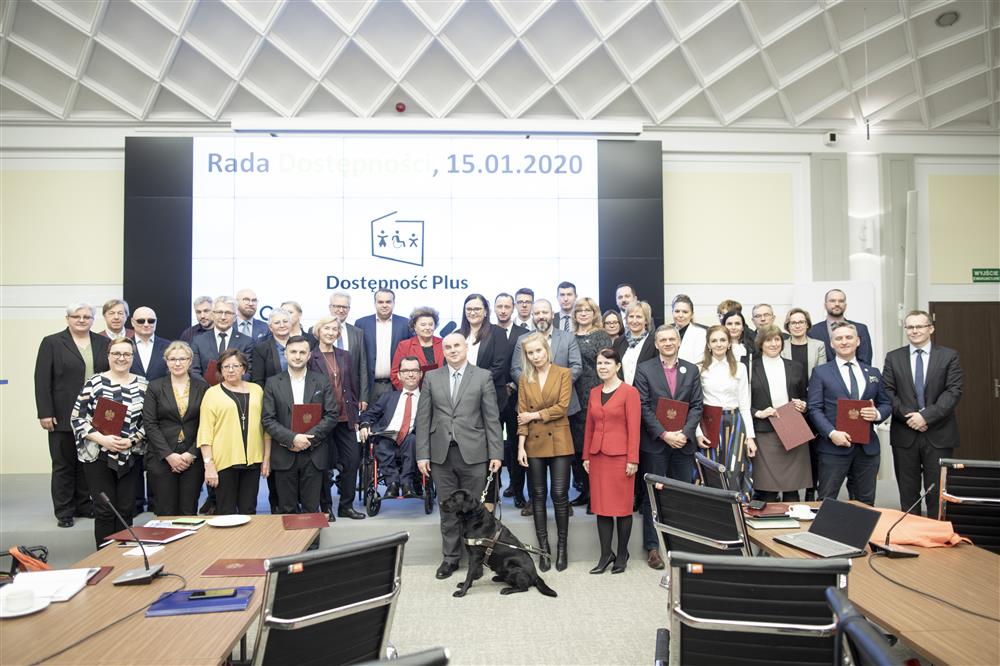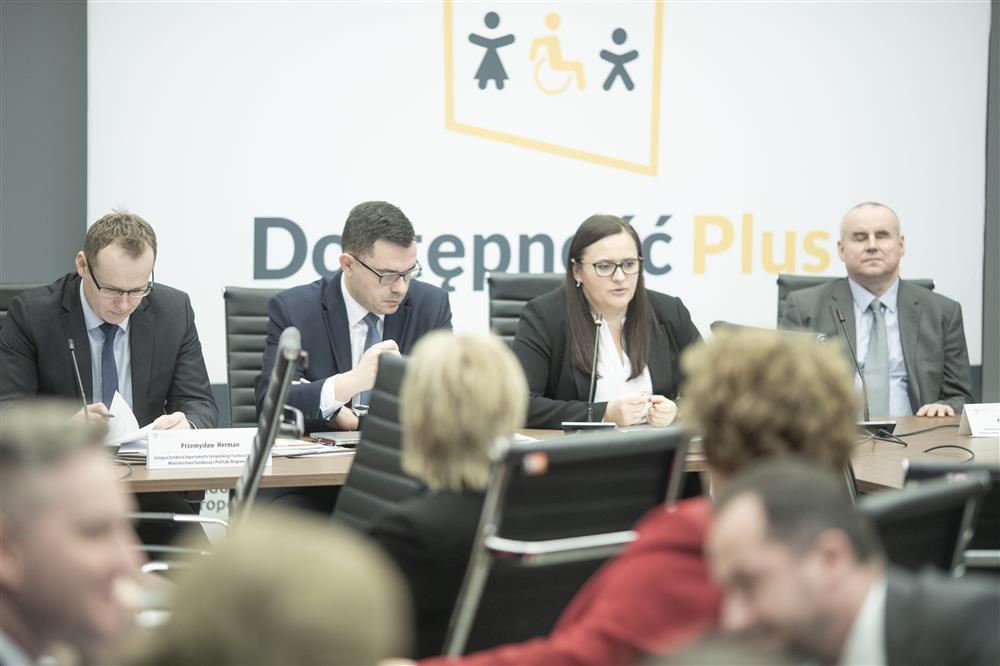Countrywide policy to improve accessibility on all levels, backed by a substantial budget
- Solution
- Programme Accessibility Plus
- Organization
- Polish Ministry of Development Funds and Regional Policy
- Country of Implementation
- Poland
- Region
- Europe
- Subregion
- Central and Eastern Europe
- Start Year
- 2018
- First published
- 16.01.2022

Solution details
“Design universally, with everyone in mind. Accessibility starts with the other person.” Małgorzata Jarosińska-Jedynak, Secretary of State, Ministry of Development Funds
Programme Accessibility Plus 2018–2025 supports accessibility on all levels of policymaking in Poland. Administrated by the Ministry of Development Funds and Regional Policy, it works through legal provisions, investment in the competencies of architects and other key stakeholders, and the development of new assistive technologies based on Universal Design principles. The programme is backed by approximately €5 billion. The implementation is monitored by indicators, and the first report has been published in 2021.
Problems Targeted
There is a lack of accessible standards in Poland and insufficient legal provisions for inaccessible public infrastructure, such as health care, architecture, and education.
Solution, Innovation and Impact
Programme Accessibility Plus 2018–2025 (Dostępność Plus in Polish) includes a twin-track strategy to achieving accessibility in Poland. The first approach focuses on legal provisions; developing and using assistive technologies; and investments in skills and knowledge, such as urban planning, architecture, and accessibility experts. The second approach includes investments to make existing public infrastructure accessible, such as schools, transportation, and hospitals. The Ministry of Investment and Economic Development is responsible for coordinating the entire programme, consisting of 44 clearly defined measures. Several other national and state institutions are involved in the implementation, such as the Public Procurement Office and the ministries of Education, Health, Digitalization, and Infrastructure. By 2025 the programme aims to eliminate architectural, technical, and communication barriers in 1,000 places and public utility buildings. Among other objectives, the programme seeks to ensure that all public office websites and newly purchased buses and trams are accessible.
Funding, Outlook and Transferability
The total programme budget for 2018–2025 is approximately 23 billion Polish Złoty (PLN) – equivalent to €5billion. This amount is raised by foreign public funding (19.6 billion PLN); national public funding (2.3 billion PLN); and private funds (1.3 million PLN). By 2025 the aim is to implement all 44 measures of the programme within its eight focus areas; (1) architecture; (2) transport; (3) education; (4) healthcare; (5) digitalization; (6) services; (7) competitiveness; (8) coordination.
Media
Pictures
Videos
Downloads
Related information
- Connections
- 2
-
Organization
- People
